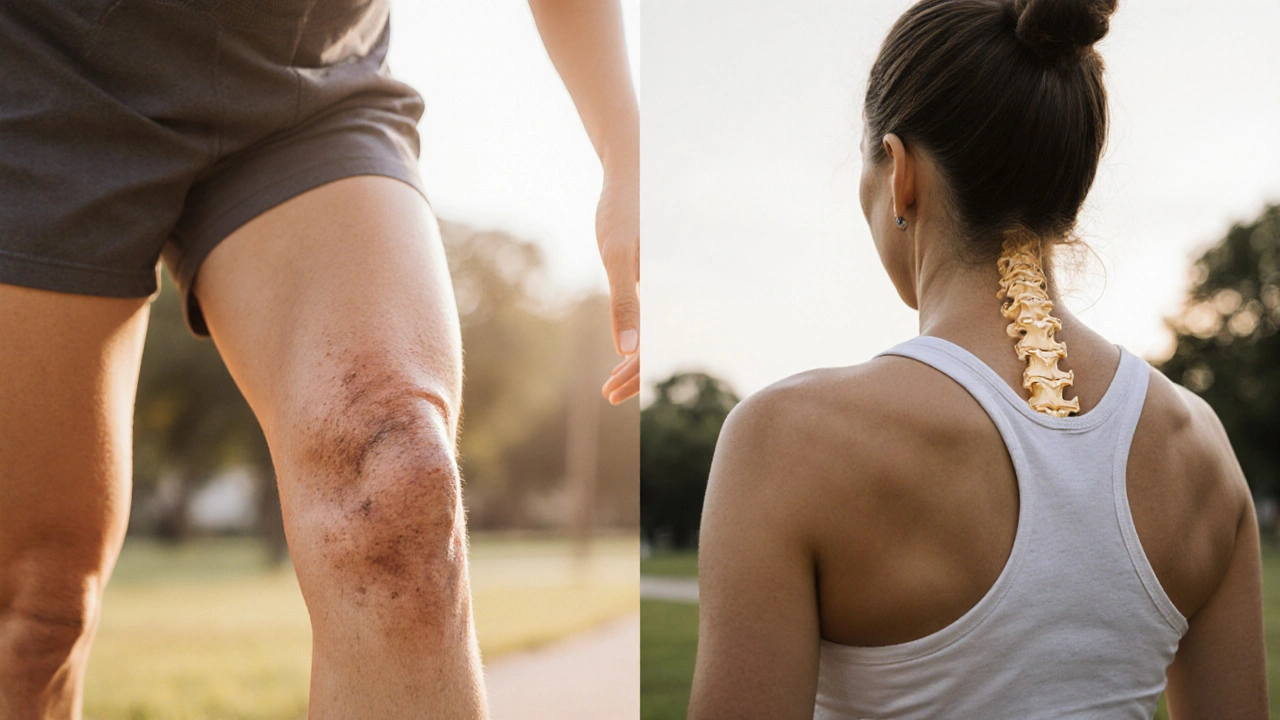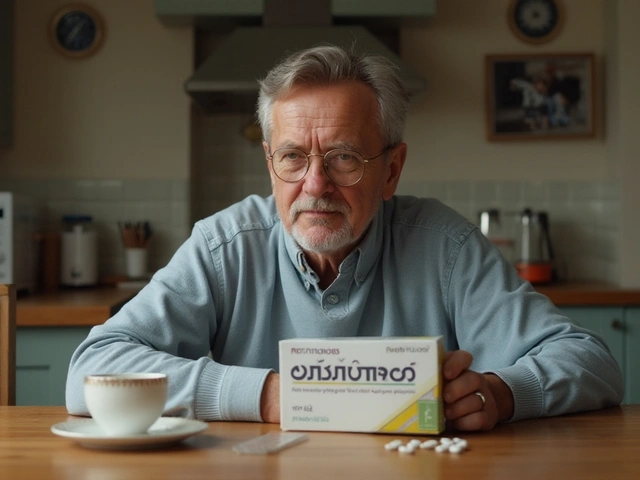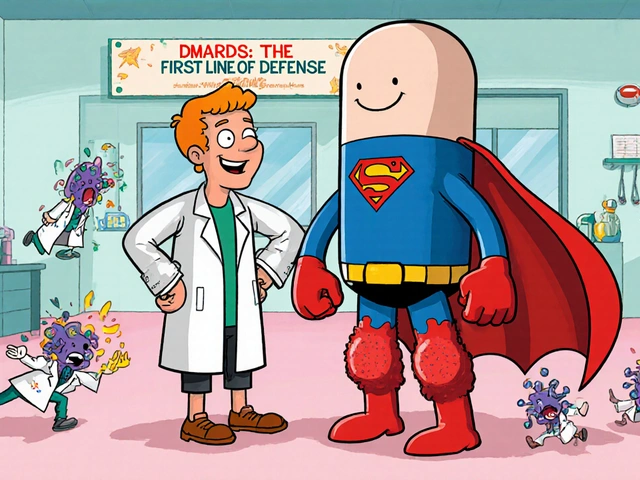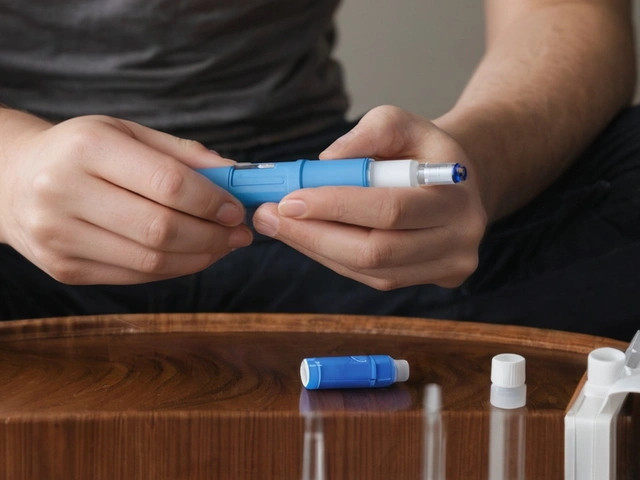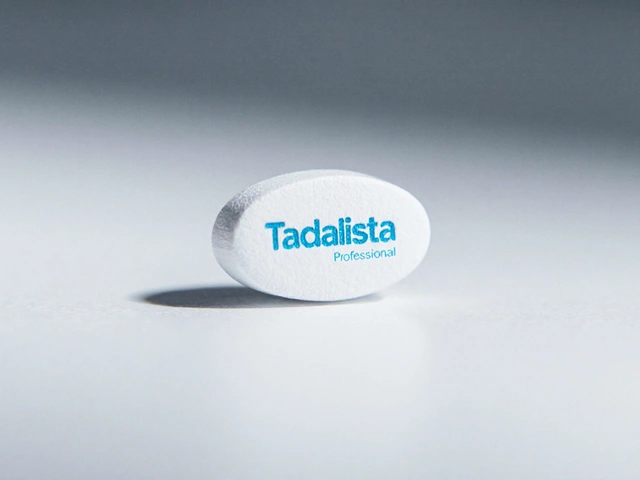Osteoporosis: Prevention, Screening, and Lifestyle Tips
When dealing with osteoporosis, a condition where bones lose density and become fragile. Also known as bone loss disorder, it mainly targets older adults and post‑menopausal women. Understanding how it develops helps you take steps before the cracks appear.
Good bone health, the overall strength and integrity of the skeletal system relies on three pillars: minerals, hormones, and mechanical stress. First, minerals like calcium, the primary building block of bone tissue are essential; without enough, the body pulls calcium from existing bone to keep blood levels stable. Second, vitamin D, a fat‑soluble vitamin that boosts calcium absorption in the gut acts as the catalyst, ensuring the minerals you eat actually reach the bones. Finally, regular weight‑bearing exercise, activities that force you to work against gravity, like walking, jogging, or resistance training sends mechanical signals that tell bone cells to rebuild and thicken. Together, these elements form a feedback loop: adequate calcium and vitamin D enable the skeleton to respond to exercise, and the stress from movement signals the body to retain more mineral density.
Practical Steps You Can Start Today
Grab a notepad and jot down a simple plan. Aim for at least 1,200 mg of calcium daily—think dairy, fortified plant milks, leafy greens, or a supplement if diet falls short. Pair that with 800–1,000 IU of vitamin D, especially during winter or if you spend most of your time indoors. Check your blood levels with a quick lab test; many labs now offer a combined calcium‑vitamin D panel for under $50.
Next, schedule a bone density scan—usually a DXA (dual‑energy X‑ray absorptiometry) test—if you’re over 65 or younger with risk factors like family history, long‑term steroid use, or early menopause. The scan gives you a T‑score that tells you whether you’re in the normal range, osteopenia, or osteoporosis. Knowing your score lets you and your doctor decide whether medication, lifestyle tweaks, or both are needed.
Incorporate weight‑bearing moves at least three times a week. Start with 20‑minute brisk walks, then add body‑weight routines such as squats, lunges, or resistance band exercises. If you’re new to strength work, a simple set of 10‑15 repetitions for each major muscle group does the trick. Consistency beats intensity; even a short daily session outperforms occasional marathon workouts.
Don’t overlook habits that sabotage bone health. Smoking, excessive alcohol, and chronic caffeine intake can all speed up bone loss. Switching to a balanced diet rich in fruits, vegetables, and lean protein supports overall health and provides additional nutrients like magnesium and vitamin K, which play supportive roles in bone remodeling.
Finally, consider medication only if your doctor recommends it. Options range from bisphosphonates to newer agents like denosumab or selective estrogen receptor modulators. These drugs can slow the breakdown process, but they work best when paired with the lifestyle fundamentals outlined above.
Below you’ll find a curated set of articles that dive deeper into each of these topics—whether you want detailed nutrition tables, step‑by‑step exercise routines, or the latest guidance on bone‑density screening. Use them as a toolbox to build a personalized plan that keeps your skeleton strong for years to come.
